Last Updated: 28/05/2025
Flatulence in Cats
Does your cat produce more backyard breeze than you'd like? Read on to see how you can help to reduce the flatulence and restore harmony to your household.
Author: Dr Katelyn Bailey BVSc (Hons)
Reading Time: 25 minutes - medium read
Does your cat produce a little more backyard breeze than you'd like? Have you had enough of the regular methane bombs in your home? Have you been blaming two legged members of the family before realising that Fluffy is the one behind the fluffs?
If this sounds familiar, then read on to see how you can help to reduce the toots and restore harmony to your household.
Contents:
2. Causes
3. Diagnosis
4. Treatment
Is Flatulence Normal?
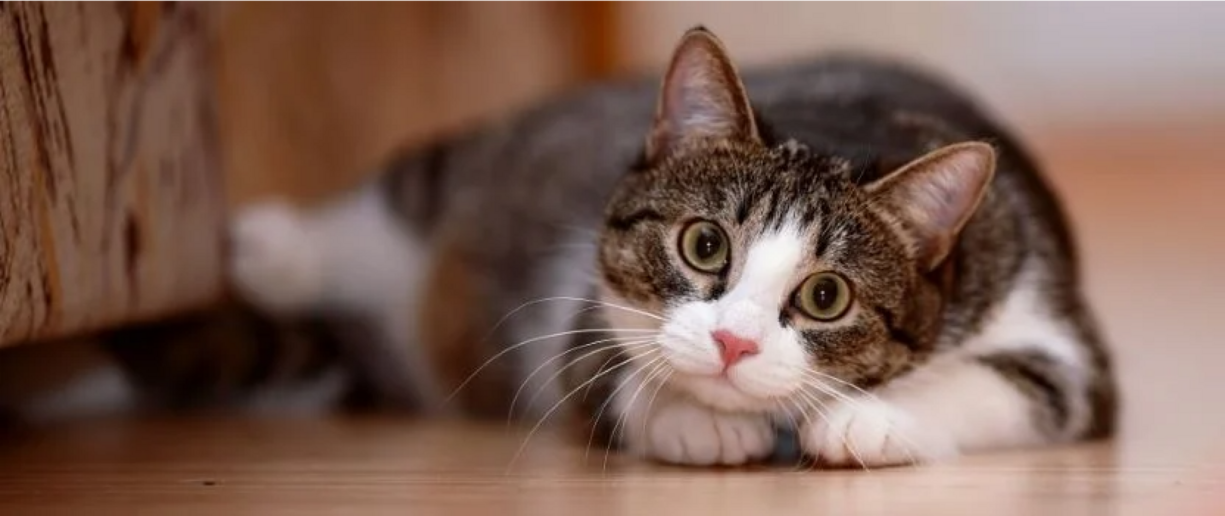
It is completely normal for cats to pass gas occasionally, and since it is generally silent and odourless, it goes unnoticed. However, excessive or malodorous gas usually indicates an underlying issue and is not considered normal. Excessive flatulence is fortunately much less common in cats than it is in dogs, but still poses a problem for some kitties (and those who have to live with them!).
What Causes Flatulence in Cats?
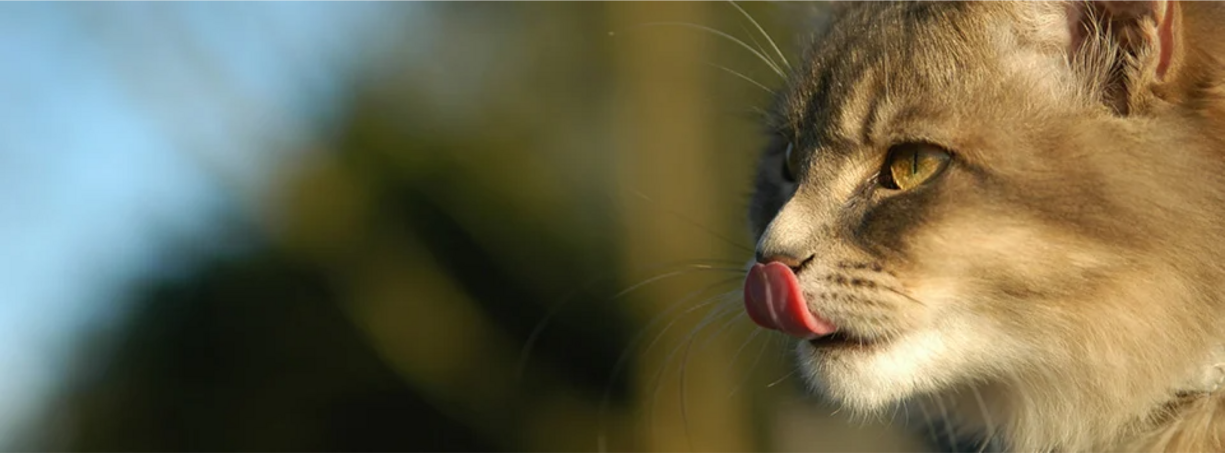
1. Swallowing too much air
Cats that scoff their food too quickly swallow more air than their slower paced counterparts. This air builds up in the gastrointestinal tract over time and is eventually (and unpleasantly!) released out the other end as gas.
2. Microbial imbalance
A healthy gut is full of a diverse mix of 'good' microbes that promote an ideal environment for digestion, immunity and overall wellbeing. An imbalance of these microbes, also known as intestinal dysbiosis, can result in an overgrowth of 'bad' gut bacteria. This can then lead to flatulence and other gastrointestinal signs (most commonly diarrhoea and/or bloating). Dysbiosis can occur due to a recent course of antibiotics, stress, a sudden diet change, or a parasitic infection, just to name a few. As you can imagine, these 'bad' microbes produce their fair share of unpleasant gas!
3. Sensitive stomach
While it's well known that a lot of dogs love to eat things around the house or yard, some cats share this unfortunate trait and it can be a battle to keep them away from undesirable foods! Spoiled food, as well as certain treats and table scraps, can cause an upset stomach and flatulence in some cats. Similarly, a low quality, poorly digestible diet can lead to chronic gastrointestinal symptoms. Some cats are quite sensitive to high levels of fibre or legumes in their diet, both of which produce gas when digested. Others may be sensitive to a high carbohydrate diet.
4. Food allergies
While a food allergy rarely causes flatulence only, it's an important option to consider especially if accompanied by other signs.
Cats can develop allergies to food proteins at any point during their lives, and can even become allergic to proteins in food they've eaten for years! Allergies are most often to very common proteins such as fish, chicken, beef and dairy (contrary to popular belief, most cats are lactose intolerant). It differs from a 'sensitive stomach' in that there is a true allergic response that occurs when the protein crosses the gut wall into the bloodstream, causing them to become sensitised to the protein. This allergic reaction most commonly manifests as itchy skin but can also lead to gastrointestinal signs, including flatulence.
5. Intestinal disease
Gastrointestinal conditions like Inflammatory Bowel Disease, malabsorptive disorders, and intestinal cancers disrupt the gut's normal function which can lead to vomiting, diarrhoea, loss of appetite, flatulence and/or weight loss.
How is Flatulence Diagnosed?
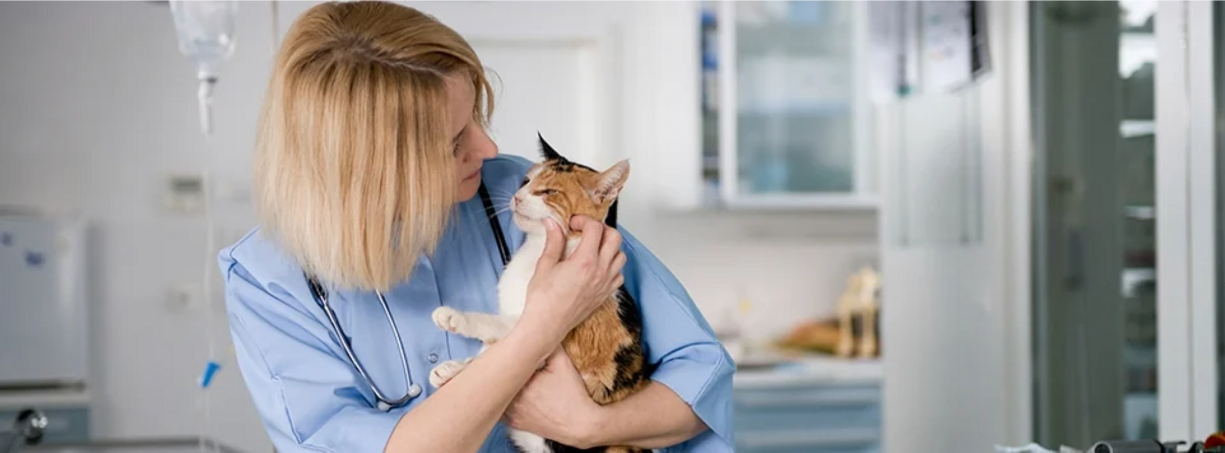
While it's easy to tell that your cat is flatulent, what's causing the gas in the first place can be trickier to determine. To help figure out the underlying cause of your cat's flatulence, your vet can perform a range of diagnostics such as blood and faecal tests, imaging (eg. x rays or ultrasound) and/or diet trials. If your cat's gas is quite severe, or if they're showing other gastrointestinal signs, a vet check is a highly recommended first step.
How is Flatulence Treated?
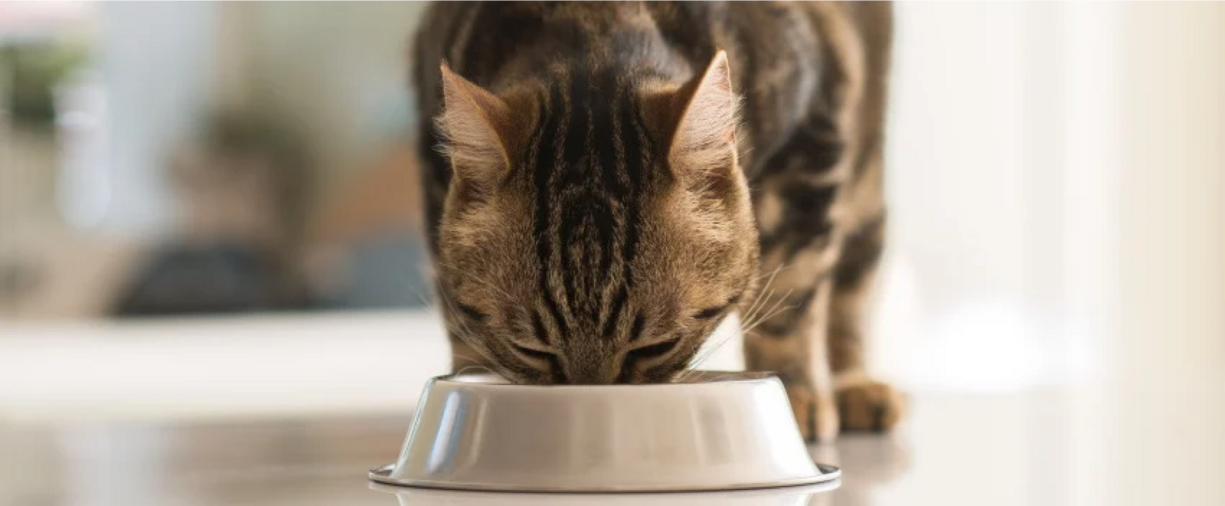
Treatment depends on the underlying cause:
1. Swallowing too much air
If you suspect this may be the cause of your cat's flatulence, the key is to slow down their eating which can be done in a few ways. Firstly, it's recommended to try feeding them smaller meals throughout the day (for example, 3 to 4 small meals rather than one or two larger ones). If your schedule makes this difficult, an automatic food dispenser is a good solution.
Best automatic food dispensers for cats:
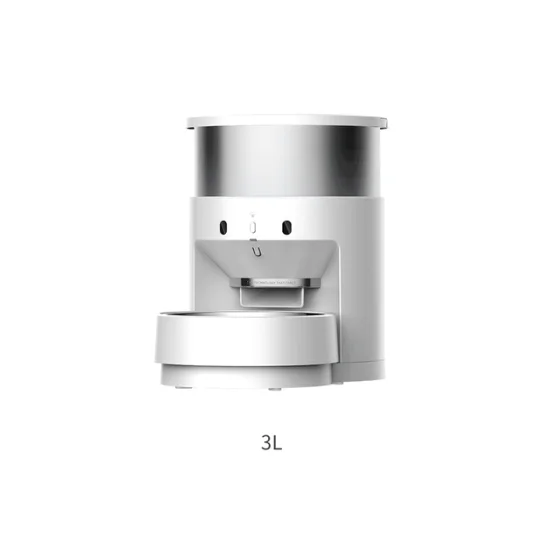
Slow feeding bowls are also a great option to help reduce eating speed and therefore lessen the amount of air being swallowed.
Best slow feeder bowls:
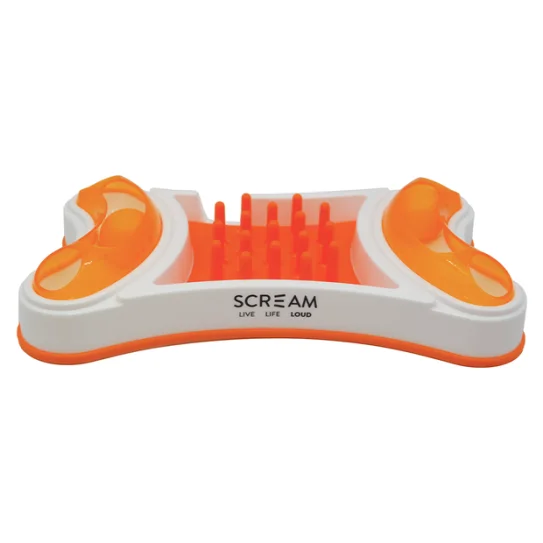
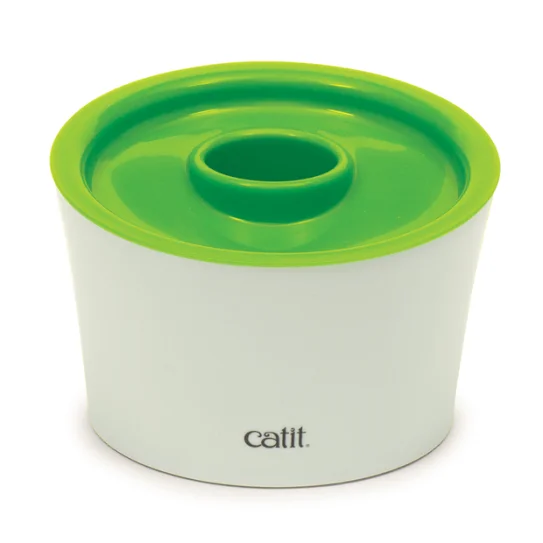
Interactive toys make for a fun and engrossing twist on the classic slow feeder bowl. They provide entertainment and enrichment along with prolonging your cat's mealtime. It's recommended to rotate the toys regularly (every few days or so) to prevent boredom.
Best interactive food bowls:
And finally, feeding your gassy cat separately to other pets can help to stop speed eating that's occurring due to food competition.
2. Microbial imbalance
Making sure your cat is up to date with parasite prevention, reducing stress and introducing new foods slowly can all help to maintain this delicate microbial balance.
Once this overgrowth of 'bad' microbes occurs, specially formulated Probiotics are used to repopulate the gut with 'good' bacteria and restore a natural balance, helping to reduce gas and bloating. Probiotics can be used as needed or on an ongoing daily basis to help improve general wellbeing.
Best probiotics for cats:
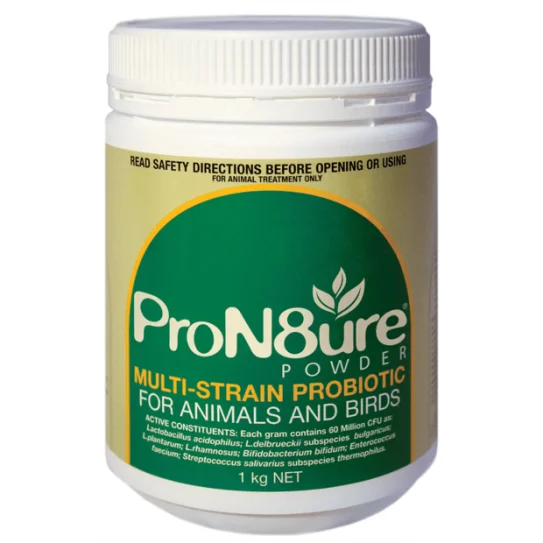
3. Sensitive stomach
Firstly, it's worth keeping a 'food diary' of everything your cat is eating, especially if you regularly switch food brands or feed a variety of treats, and monitoring whether there's any particular food or treat that coincides with periods of gas. Possible trigger foods can then be removed from the diet as necessary and the response assessed.
If you know your cat likes to raid the bin or get into things they shouldn't, preventing access to problem areas (which can be easier said than done!) is advised.
If you're currently feeding your cat a supermarket brand food, it's worth trying a switch to a premium food which would contain higher quality and more readily digestible ingredients.
If there's still no success with these methods, a more specialised diet may be necessary. The right diet depends on the individual cat and is best discussed with your vet, but one option could be a low fat, easily digestible food formulated for sensitive stomachs. There are both prescription and non prescription options available, and prescription foods will need to be recommended by your vet. Finding the right food can be an ongoing process of trial and error.
Non prescription digestive care foods:
4. Food allergies
Food allergies are diagnosed by ruling out other causes and often by completing a diet trial. This involves feeding a strictly hypoallergenic diet and assessing whether symptoms resolve over a course of 6 to 8 weeks. A hypoallergenic diet is a diet that does not contain any common allergens and is therefore unlikely to trigger an immune response. Once a food allergy has been diagnosed, then a long term diet change is generally required.
Please note that prescription diets need to be recommended by your veterinarian before use.
Prescription hypoallergenic diets for cats:
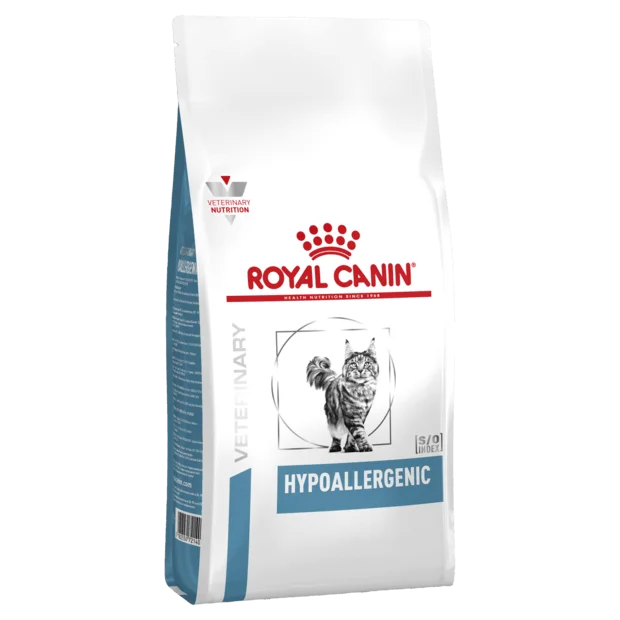
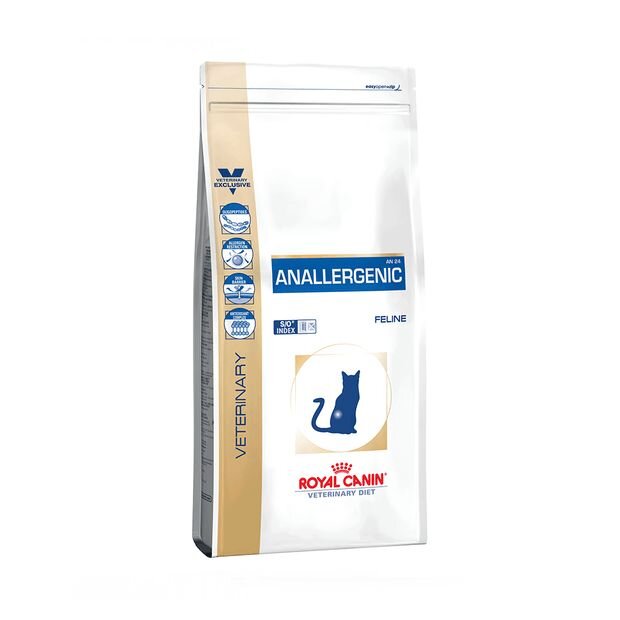
5. Intestinal disease
While a diet change can help with the management of certain intestinal diseases like Inflammatory Bowel Disease, specific treatment will depend on the condition and may include medications, dietary supplementation and/or surgery.
Further reading
Want to know more? Check out our Discover Page for more tips on keeping your pets happy and healthy.